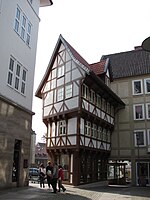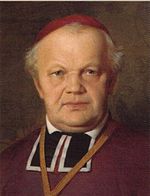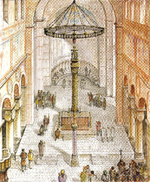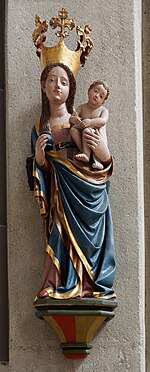Hildesheim

Hildesheim (German: [ˈhɪldəsˌhaɪm] ; Low German: Hilmessen or Hilmssen; Latin: Hildesia) is a city in Lower Saxony, in north-central Germany with 101,693 inhabitants. It is in the district of Hildesheim, about 30 km (19 mi) southeast of Hanover on the banks of the Innerste River, a small tributary of the Leine River. The Holy Roman Emperor Louis the Pious founded the Bishopric of Hildesheim in 815 and created the first settlement with a chapel on the so-called Domhügel. Hildesheim is situated on the north–south Autobahn 7, and hence is connected with Hamburg in the north and Austria in the south. With the Hildesheim Cathedral and the St. Michael's Church, Hildesheim became a UNESCO World Heritage Site in 1985. In 2015 the city and the diocese celebrated their 1200th anniversary.
Excerpt from the Wikipedia article Hildesheim (License: CC BY-SA 3.0, Authors, Images).Hildesheim
Kläperhagen, Hildesheim Altstadt (Stadtmitte/Neustadt)
Geographical coordinates (GPS) Address Phone number Website Nearby Places Show on map
Geographical coordinates (GPS)
| Latitude | Longitude |
|---|---|
| N 52.15 ° | E 9.95 ° |
Address
Goldmarie
Kläperhagen 6
31134 Hildesheim, Altstadt (Stadtmitte/Neustadt)
Lower Saxony, Germany
Open on Google Maps










